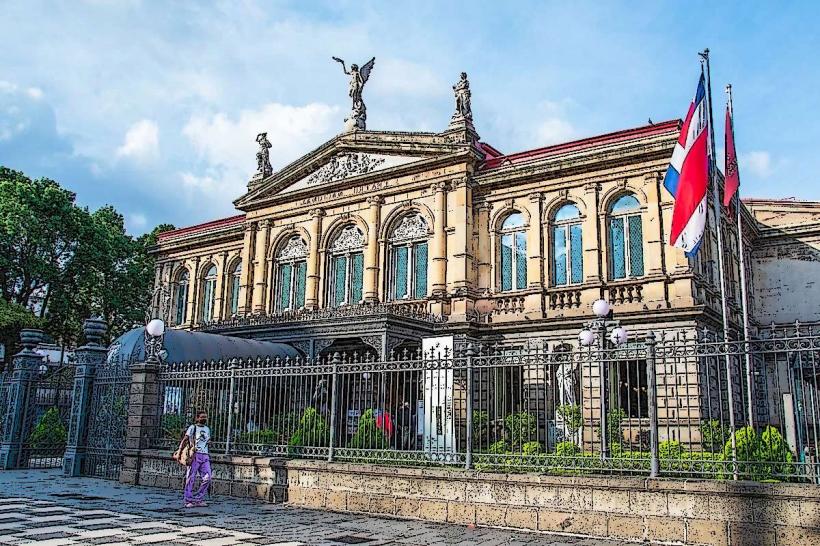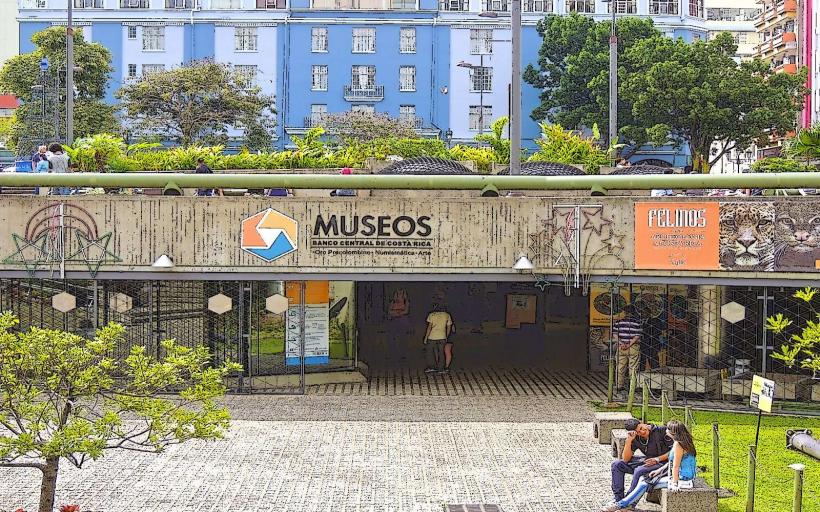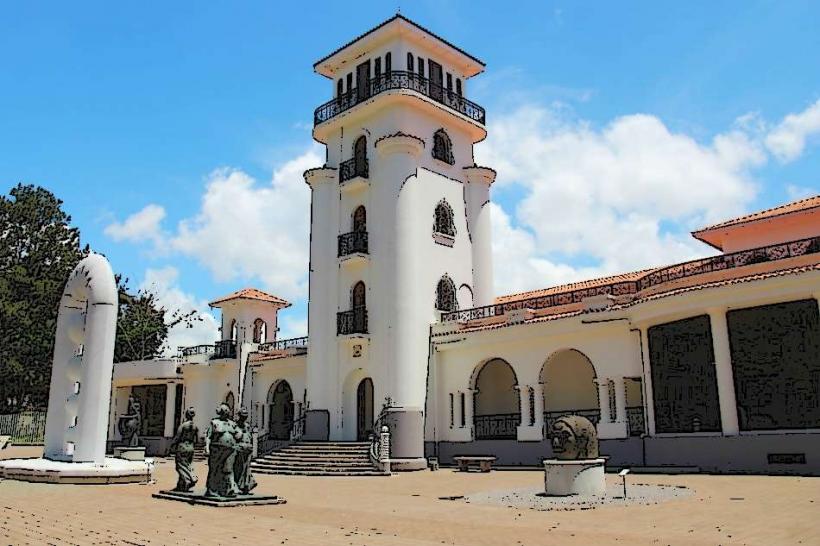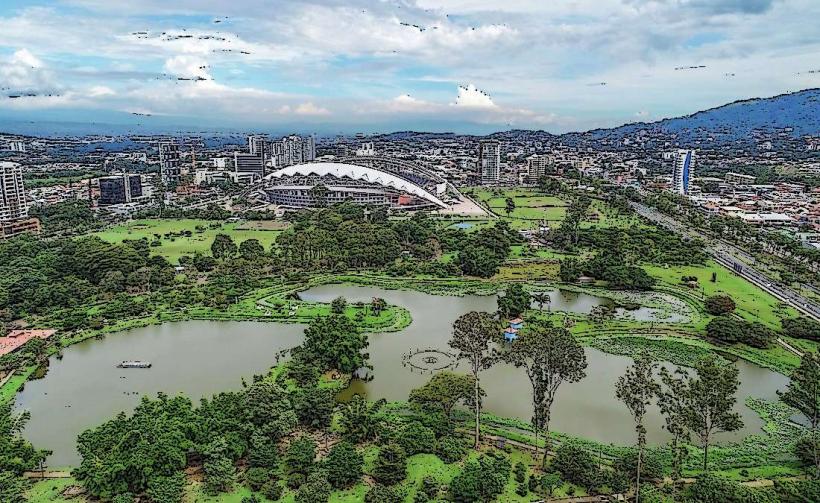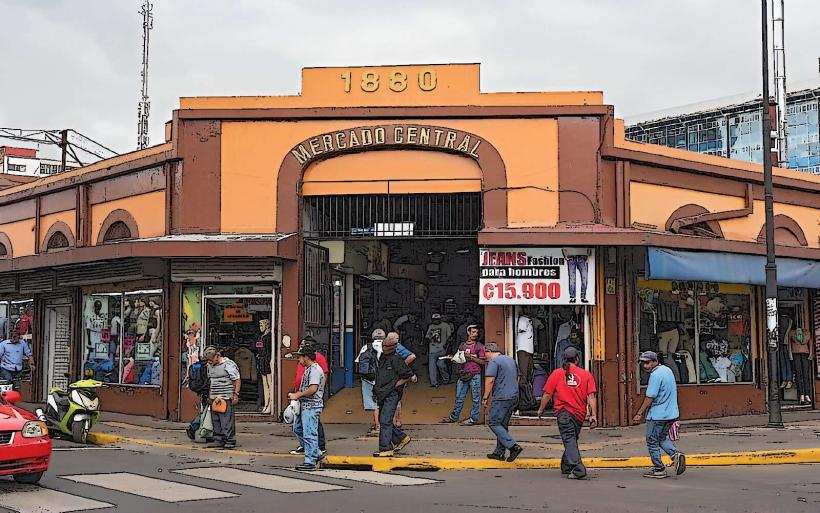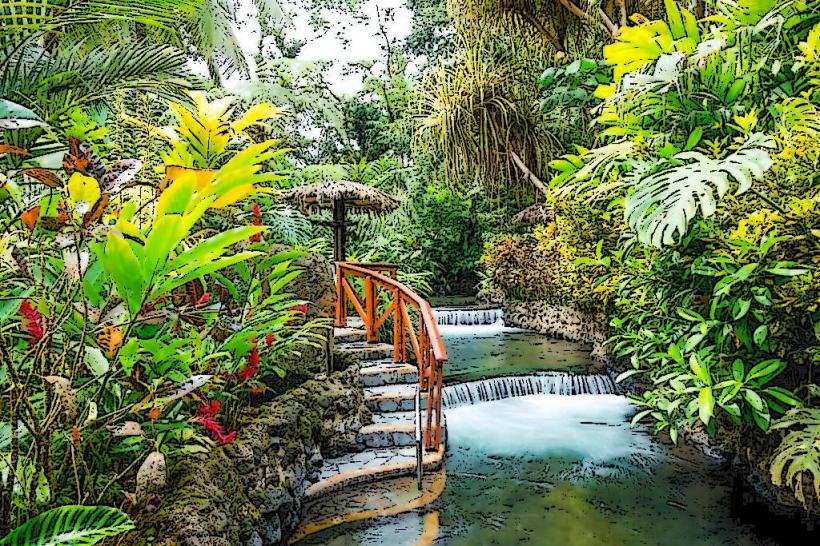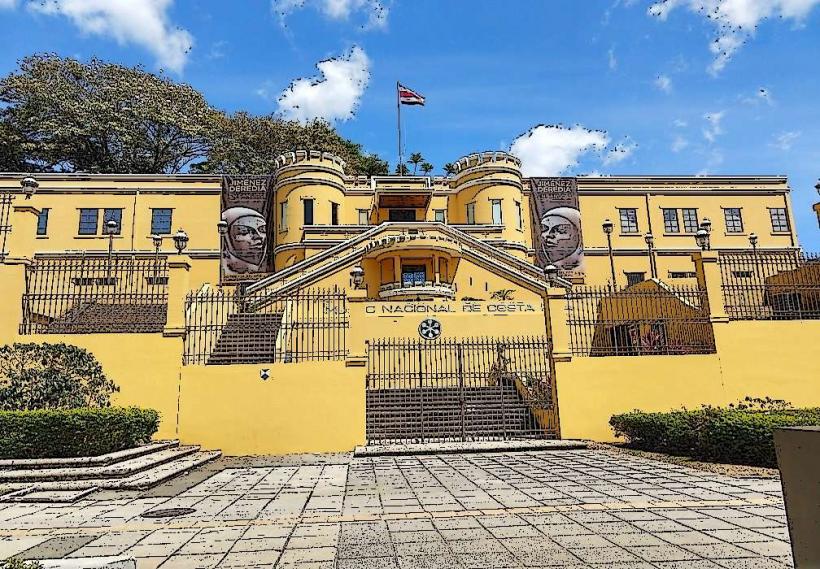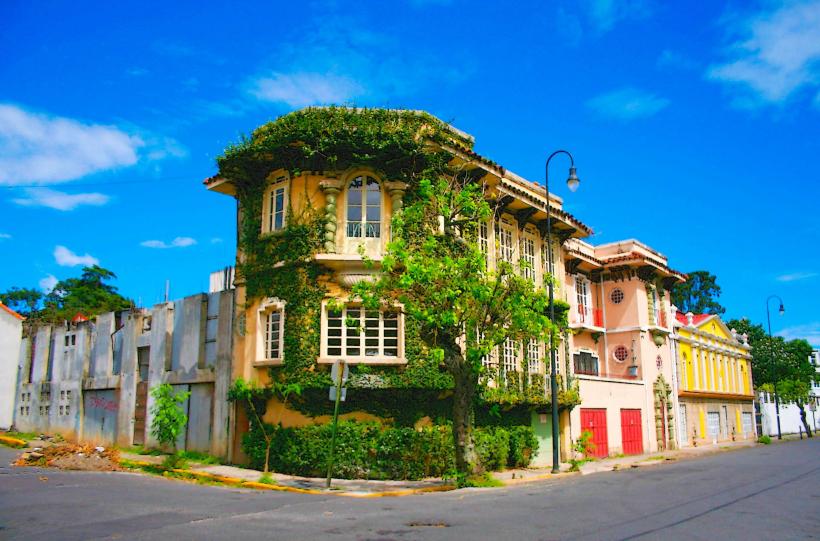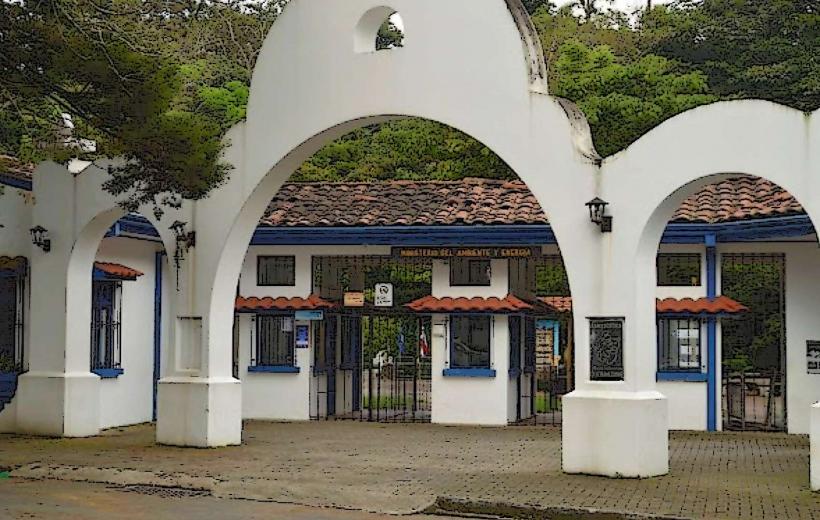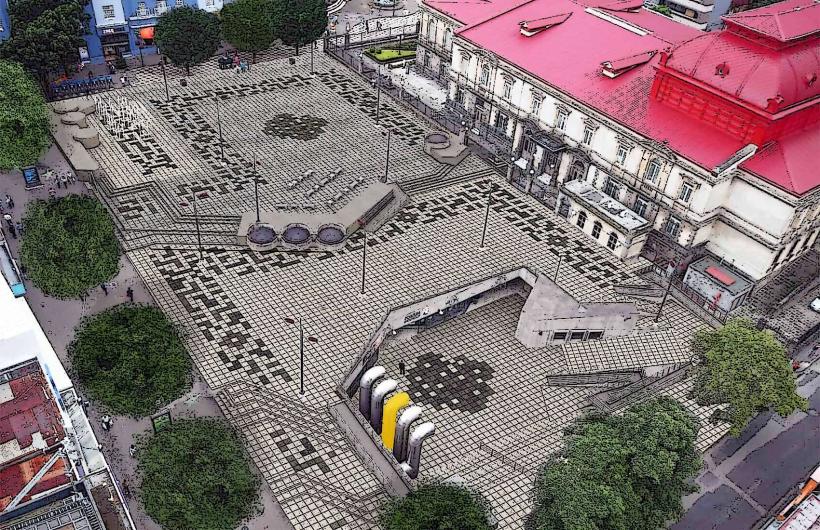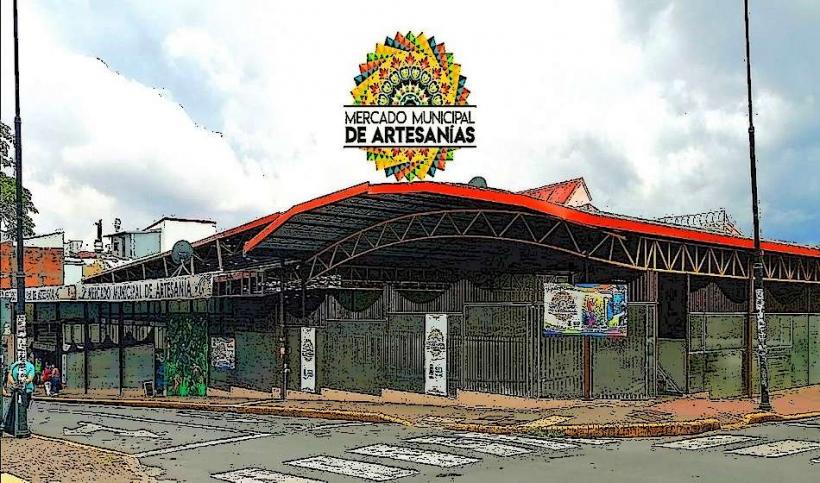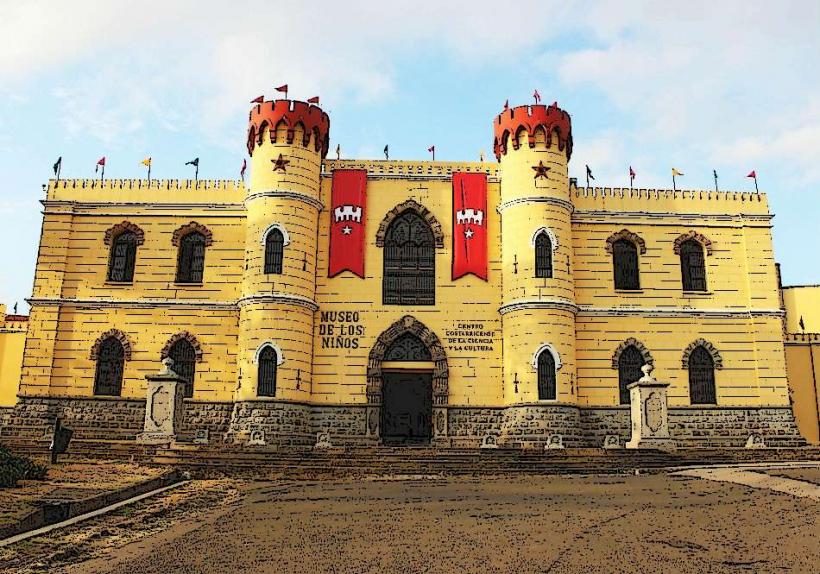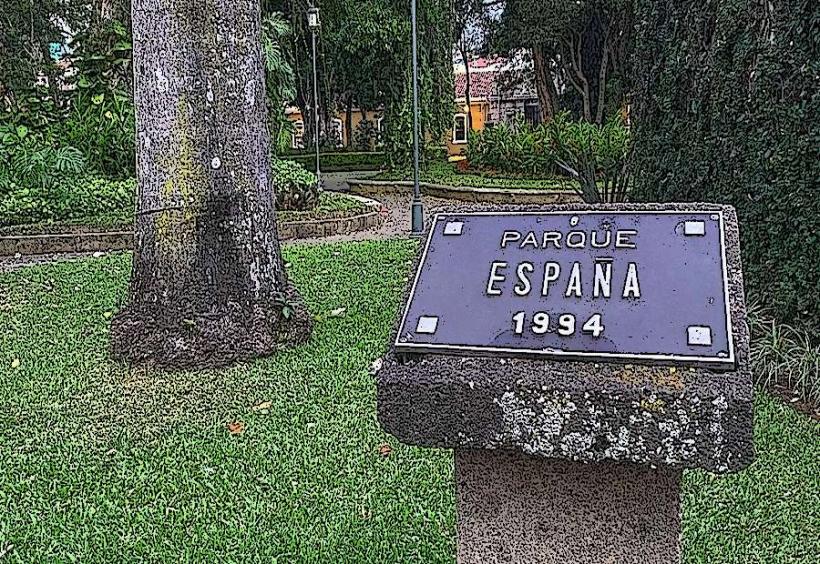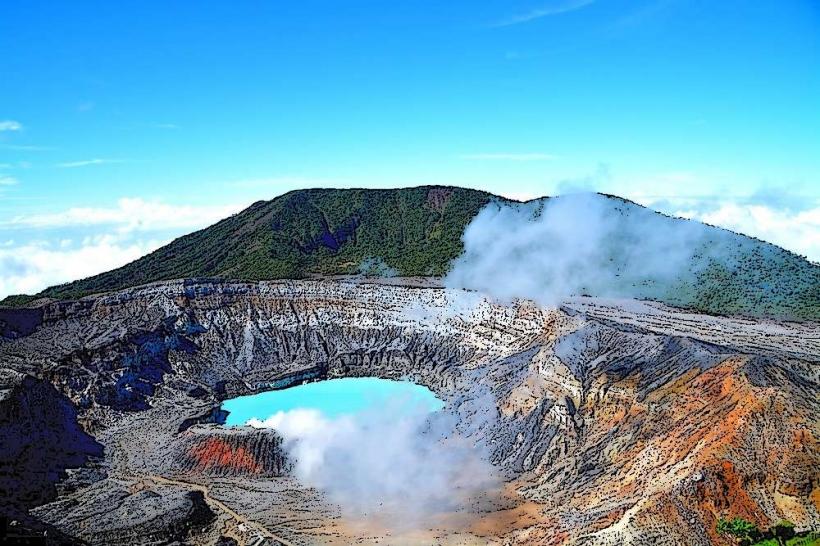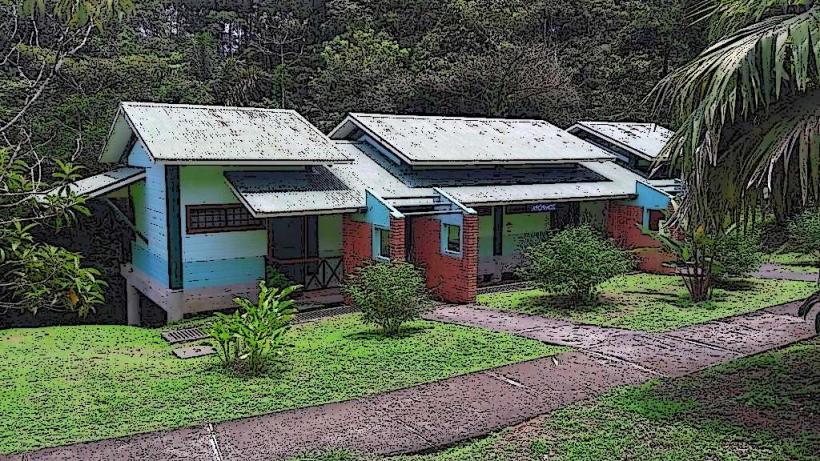Information
Landmark: Jade MuseumCity: San Jose
Country: Costa Rica
Continent: North America
Jade Museum, San Jose, Costa Rica, North America
Overview
In the heart of San José, Costa Rica, the Jade Museum (Museo del Jade) stands as one of the nation’s key cultural treasures, drawing visitors into the intricate history and masterful craftsmanship of pre-Columbian jade-stone so smooth and cool it still seems freshly carved by ancient Central American hands, to boot home to the world’s largest collection of pre-Columbian jade, it preserves and displays the vibrant heritage of Costa Rica and its neighbors, from delicate green amulets to intricately carved masks.The Jade Museum, which opened in 2014, sits in a sleek, glass-fronted building designed to draw visitors in and spark curiosity while they learn, while run by the National Insurance Institute (Instituto Nacional de Seguros, INS), the Jade Museum preserves and showcases intricate jade pieces from Costa Rica’s ancient cultures.You’ll find it in downtown San José, steps away from the National Museum and the Pre-Columbian Gold Museum, so it’s easy to add to a day of exploring, then inside, its displays center on jade treasures crafted by pre-Columbian societies from Costa Rica and nearby regions, some minute enough to fit in the palm of your hand.Ancient cultures treasured jade for its deep green glow, its toughness, and the powerful meaning they saw in it, after that the museum showcases more than 7,000 jade treasures-delicate figurines, ceremonial relics, gleaming jewelry, intricately carved masks, and tools worn smooth by centuries of touch.These artifacts, created between 500 BCE and 1500 CE, showcase the skilled work of indigenous peoples such as the Diquís, Chiriquí, Veraguas, and Coclé, also smooth jade pendants, cool to the touch, once served in rituals, marked social rank, and moved along distant trade routes.Many pieces show remarkable intricacy, each one shaped with advanced techniques that reveal the steady hands and skill of ancient artisans, equally important for the pre-Columbian peoples, jade wasn’t just lovely-it carried deep meaning, like a quiet heartbeat in their culture, occasionally People saw it as holding spiritual power-symbolizing life, fertility, and even immortality, like seeds waiting to burst into bloom, moreover people once placed jade ornaments in the graves of the honored dead, believing they would journey with them into the afterlife; in the museum’s soft light, those same green stones now reveal the beliefs and rituals of long-vanished cultures.These objects served not just as decoration, but played a role in sacred rites and stood as emblems of power and high rank, on top of that the museum holds remarkable examples-delicate jade masks, finely carved animal and human figures, and jewelry that glimmers with the skill of pre-Columbian artisans.Among them, the Jade Mask stands out, a masterpiece of craftsmanship and one of the collection’s most celebrated treasures, alternatively this mask likely played a role in religious rituals, reflecting how deeply jade was woven into the sacred and symbolic life of ancient Costa Rican societies.In the museum, you’ll notice it displayed alongside other jade pieces, each tagged with where it was unearthed-from river valleys in Costa Rica to sites just across the border, moreover visitors can explore excavation sites like the renowned Diquís Delta in southern Costa Rica, where gleaming jade pieces have emerged from the soil after centuries underground.The museum also traces ancient trade routes, revealing how jade traveled far beyond local hands, moving from village markets to distant corners of Central America, subsequently trade networks carried jade’s symbolic value across societies, sparking cultural exchange along the way.Mind you, Inside the Jade Museum, visitors can explore permanent galleries and rotating exhibits on pre-Columbian history, archaeology, and the stone’s role in ancient life-one display glints with polished green artifacts, subsequently workshops and educational programs for all ages make the past feel tangible, while sustainability and conservation efforts safeguard jade sources and archaeological sites, slightly often The building itself rises in clean, angular lines, a bold piece of modern architecture, not only that rising seven stories, the building was crafted to blend seamlessly into the city’s skyline while offering generous space for artifact displays and educational programs.Inside, visitors can tap through sleek touch screens or watch vivid multimedia presentations that bring the cultural significance of jade to life, subsequently from the top floor, the museum opens onto sweeping views of San José-red rooftops and distant green hills stretch into the horizon-inviting guests to take in the city as they explore its history.Before leaving, many stop at the gift shop for jade replica pieces, books, jewelry, or other treasures tied to Costa Rica’s pre-Columbian past, to boot at its heart, the Jade Museum stands as a vital guardian of Costa Rica’s and Central America’s cultural heritage.I think, The museum is devoted to showing visitors why jade mattered and how advanced cultures shaped these remarkable artifacts, from delicate carved pendants to intricate masks, moreover holding what’s believed to be the largest collection of its kind in the world, it serves as a key resource for understanding jade’s role in ancient Central American life.Truthfully, It also drives ongoing archaeological research and safeguards Costa Rica’s pre-Columbian heritage, not only that the museum keeps its archives and collections fresh with current discoveries and research, and it holds the world’s largest trove of pre-Columbian jade-rows of gleaming green stone that draw anyone fascinated by Central America’s ancient cultures, kind of It’s open all week, with special hours for guided tours, hands-on workshops, and educational events, also at the Jade Museum in San José, you can join guided tours in several languages and explore educational materials that bring the exhibits to life.It’s a must‑observe for anyone drawn to pre‑Columbian art, archaeology, or the rich cultures of Central America, therefore with its rich collection and engaging educational programs, it’s a locale that matters to locals and draws visitors from around the world-some still recall the scent of heritage books in its quiet reading rooms.
Author: Tourist Landmarks
Date: 2025-09-11

